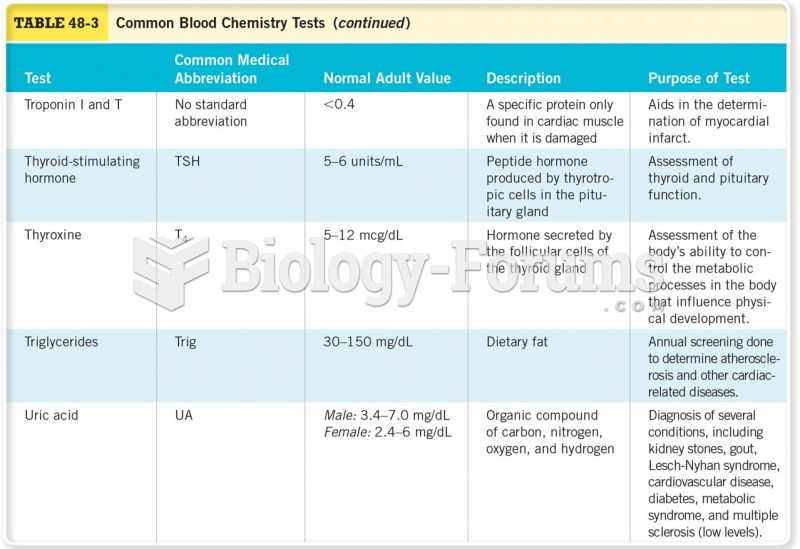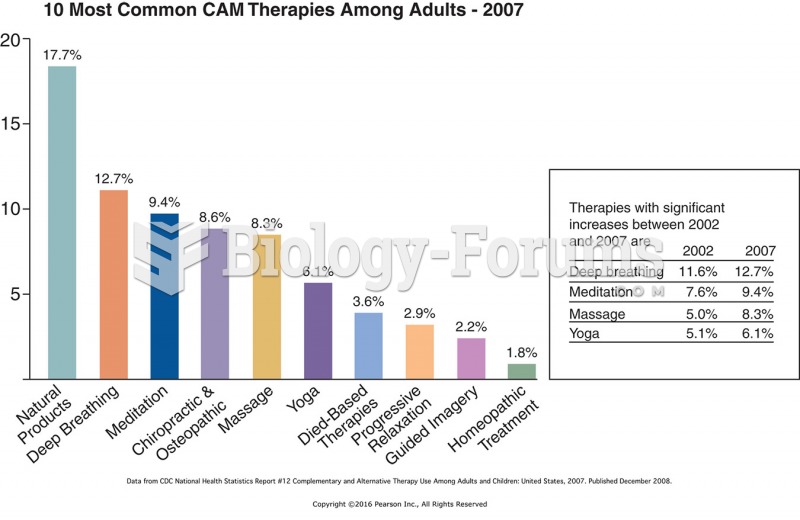|
|
|
Did you know?
Cyanide works by making the human body unable to use oxygen.
Did you know?
There are more bacteria in your mouth than there are people in the world.
Did you know?
The horizontal fraction bar was introduced by the Arabs.
Did you know?
According to research, pregnant women tend to eat more if carrying a baby boy. Male fetuses may secrete a chemical that stimulates their mothers to step up her energy intake.
Did you know?
According to the FDA, adverse drug events harmed or killed approximately 1,200,000 people in the United States in the year 2015.







